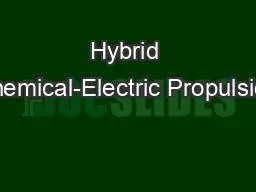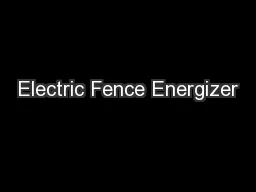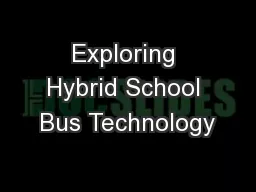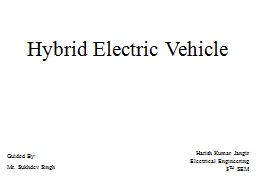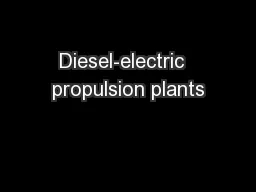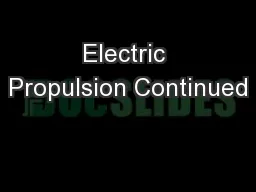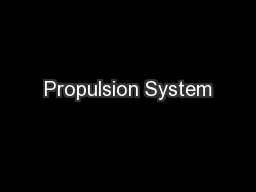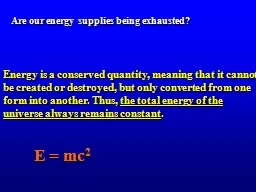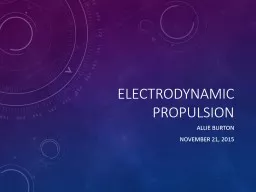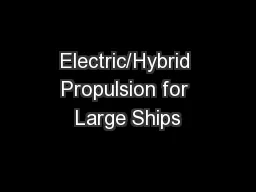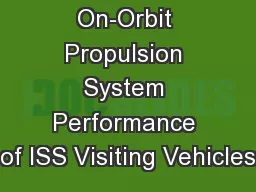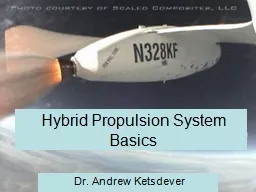PPT-Hybrid Chemical-Electric Propulsion
Author : likets | Published Date : 2020-06-23
HCEP Phase I STTR Principal Investigator Christopher Davis PhD ElectroDynamic Applications Inc Ann Arbor Michigan University Principal Investigator Professor Michael
Presentation Embed Code
Download Presentation
Download Presentation The PPT/PDF document "Hybrid Chemical-Electric Propulsion" is the property of its rightful owner. Permission is granted to download and print the materials on this website for personal, non-commercial use only, and to display it on your personal computer provided you do not modify the materials and that you retain all copyright notices contained in the materials. By downloading content from our website, you accept the terms of this agreement.
Hybrid Chemical-Electric Propulsion: Transcript
Download Rules Of Document
"Hybrid Chemical-Electric Propulsion"The content belongs to its owner. You may download and print it for personal use, without modification, and keep all copyright notices. By downloading, you agree to these terms.
Related Documents

